Home » Gear Reviews » Fishing » Fly Rods » Specialty Fly Rods » Sage Dart 476-3
Sage Dart 476-3 Review
September 7, 2018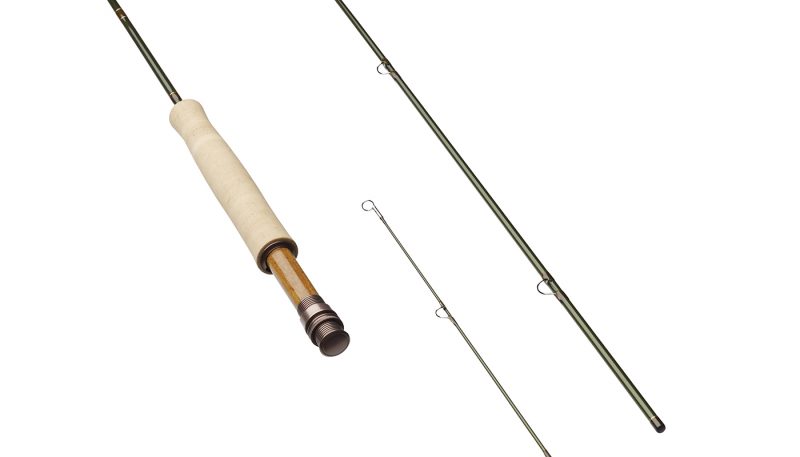


 OLYMPUS DIGITAL CAMERA
OLYMPUS DIGITAL CAMERA
 OLYMPUS DIGITAL CAMERA
OLYMPUS DIGITAL CAMERA





 85
85 The Good
- Excellent performance in windy conditions
- Very Light weight
- Powerful roll-caster
- Excellent at mends
- Made in the USA
The Bad
- Sometimes too fast for small water
- Limited accuracy in very short casts
- Expensive for a specialty rod
The Sage Dart 476-3, at first cast, left a lot of our test team shaking their heads, unsure of what the little fast-action rod was designed for. The 4-wt Dart has the power and line-speed of big-water line-chuckers, but the slender wand’s diminutive size is best suited to skinny streams and tight casting conditions.
After a few casts, the Dart earned first our respect, then our devotion. By the end of the first day, every dry fly enthusiast who regularly fishes small streams wanted to add the Dart to their rod quiver. The Dart proved uniquely adept at getting meeting the challenges of high mountain streams and even alpine lakes. We found the rod excelled in small to medium-sized streams where short, powerful casts were needed to beat strong wind or combat tight casting environments. The rod also performs well when casting from the brushy banks of alpine lakes. The stiff mid-section gives the little rod power and speed in roll casting, while the soft tip turns over flies for perfectly for gentle presentations.
Weight, balance, and general feel
The slender Dart feels insubstantial when first picked up — the rod butt is barely more than a third inch in diameter and the entire 7-foot, 6-inch 4-weight rod weighs just 2.5 ounces. Yet at first cast, the rod’s power is evident. The little rod is perfectly balanced, making casting a smooth, easy exercise despite the power needed to fully load the rod. The speed of the rod does welcome a slight over-lining — use of a line a half-sized overweight like Rio’s In-Touch Grand is recommended. Note: We found the Rio Creek line ideal — this line packs the entire head length into the first 30 feet of the line, putting the casting power into that short range.
The snub-nosed half-wells grip fits snugly in hand, even for those with smallish hands or a preference for more classic cigar grip designs.
Casting Distance
Compared to most other 7’6” rods, the Dart is a long-range blaster. The fast-action taper and stiff butt and mid-section of the blank give the Dart the power needed to throw more line than most anglers will ever need or want in the small streams this rod is designed for. But that extra power does come in handy when fishing wind-swept alpine lakes, or when conditions demand powerful roll casts (i.e., when heavy brush or obstacles prevent long back-casts).
The Dart’s peak performance seemed to be within the 15- to 30-foot range — plenty of distance for most mid-sized streams and mountain lakes. When pressed, though, we could cast out to 40-50 feet without strain.
Casting Accuracy
The Dart stays on target in that same peak performance range of 15-30 feet, though accuracy dropped off as casts reached out to the furthest end of that range. The fast-action design wants to handle long line lengths to ensure proper rod loading, but the sensitive tip action allows a bit too much vibration during longer casts to preserve pinpoint accuracy. But since the rod is really tailored to address the needs of anglers fishing dries on small rivers/streams, it’s good that the Dart finds the perfect balance of peak power and peak accuracy at the same range.
That’s true of all forms of casting, but it is worth noting here that the Dart’s performance in rolling casting excels. The Dart roll casts better — in terms of both distance and accuracy — than any other small stream specialty rod we’ve used. The Dart’s powerful butt section gives good acceleration to the roll cast, while the finesse tip lets anglers put the fly down gently at the end of the roll.
Fishing performance
The Dart proved effective in handling fish cleanly and humanely regardless of size. We hooked small 8-inch brookies on tiny #22 dry flies in alpine lakes and were able to set the hook cleanly without breaking off the delicate tippets. Likewise, we set #8 hooks in big foam hoppers when hit by powerful 16-inch Yakima River rainbows. In those cases, the delicate Dart proved strong enough to hold the fish steady even during fast, deep runs. The only issue we had was when we had to turn a fast running fish out of strong currents. There, the short rod length could be a hindrance, but not one that couldn’t be overcome with a little effort.
Versatility
Though we fished a range of waters with the Dart, we typically fished all the water the same way — medium to short overhead and roll casts with a range of dry flies. The short length means the Dart isn’t ideally suited to multiple fly rigs, nor to tight-line nymphing. It’s a dry fly specialist, and it shines in that role.
Dan Nelson
- Managing Editor & Fly Fishing EditorDan Nelson is GearInstitute.com's Managing Editor & fly fishing editor. He is based in the Pacific Northwest.











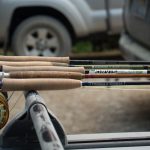


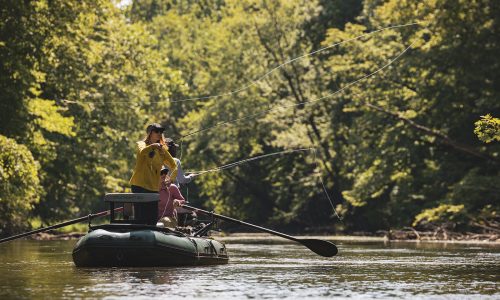

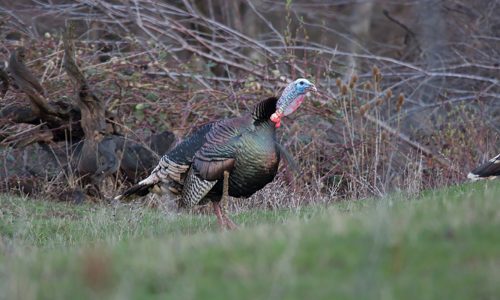
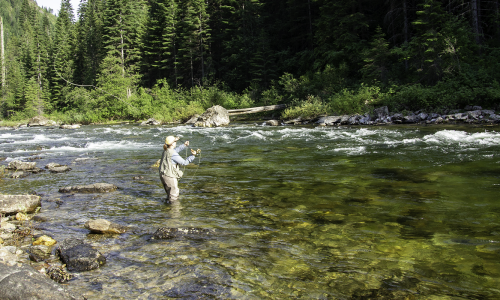


No reviews have been posted for this product.
Use this gear?
Join Gear Nation and leave a review!
Create an Account